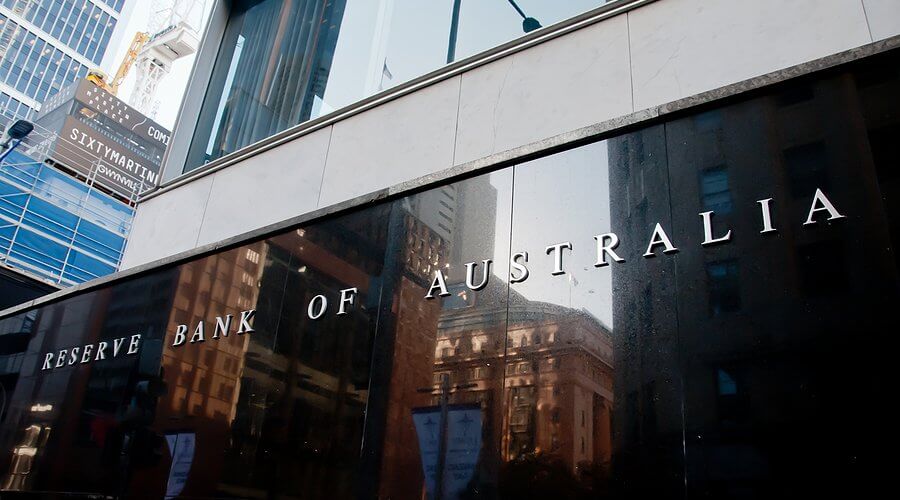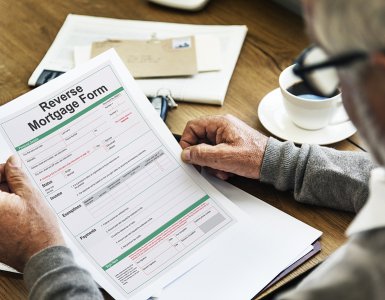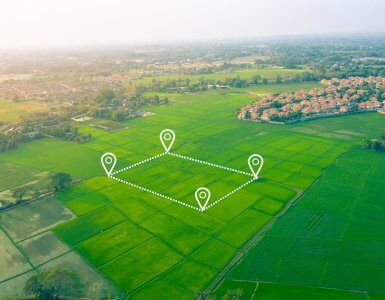RBA Battles Rising Inflation in Australia by Raising Interest Rates
It came as no surprise to some, but many were caught off guard when the central bank of Australia increased the cash rate target from 0.85% to 1.35%. The huge jump is the highest since July 2019 as domestic inflation pressures the economy of Australia. Governor Philip Lowe and his team are taking the threat seriously as observable inflation surges in waves across the country’s economy. Although the rising prices have been linked to external events such as the Russian – Ukraine war causing oil and food prices to spike, it is also due to the rising demand from within the country.
Inflation tipped at 5 % at the end of the first quarter and analysts expect it to hit 7 % by the end of the year and much of this could be brought under control by lowering demand and the only way to lower demand is to restrict spending by enforcing tighter monetary policies. A report released by the Australian Bureau of Statistics reveal prices of goods and services across the board has risen by 4 % over the last 12 months and this percentage does not include the prices of fuel and food.
This coupled with the fact that business are hiring more than ever bringing unemployment rates to the lowest in four decades which generally should be a good thing, nevertheless, this is happening because there is too much money floating around due to higher levels of borrowing advocated by low interest rates. 27 % of business owners in Australia are actually finding it difficult to find workers which in turn drives wage levels up which renders the population with more money to spend.
The same scenario is taking place in the UK at a much faster pace. According to the Office for National Statistics for the United Kingdom, prices of general goods rose by more than 9 % in just 12 months which raises the inflationary red flag sky high. The last time inflation was as high as it is currently was in 1982. In other words the consumer price index is at a 40 year high and the only way to stabilize the situation is to hike interest rates which have already happen (The Bank of England raised interest rates by 25% from 1 % to 1.25%).
It is no secret that rising energy and food costs are the primary drivers of inflation. Everything is connected starting with the Russian – Ukraine war which stepped up fuel prices, which in turn triggered a rise in prices of all other consumer goods and when people have more money to spend, they spend which increases demand causing businesses to expand exponentially which requires money and labour. This situation would spiral out of control it will cause or lead to hyperinflation which is the rapid price increase of consumer goods.
It will not come as a big surprise if over the next 3 months interest rates are hiked up again to ease the inflationary tension further, but based on how things are going, interest rates will continue to rise for the rest of 2022 through an increment of 0.33% at each sitting).
There are some who speculate that the rates will not rise as fast and that the RBA will do it at a slower pace. This would be good for mortgage payers, but the overall impact of or effects of inflation will still be felt. The best thing to do at the moment is to be proactive and expect interest rates rise for the entire year.





Add comment